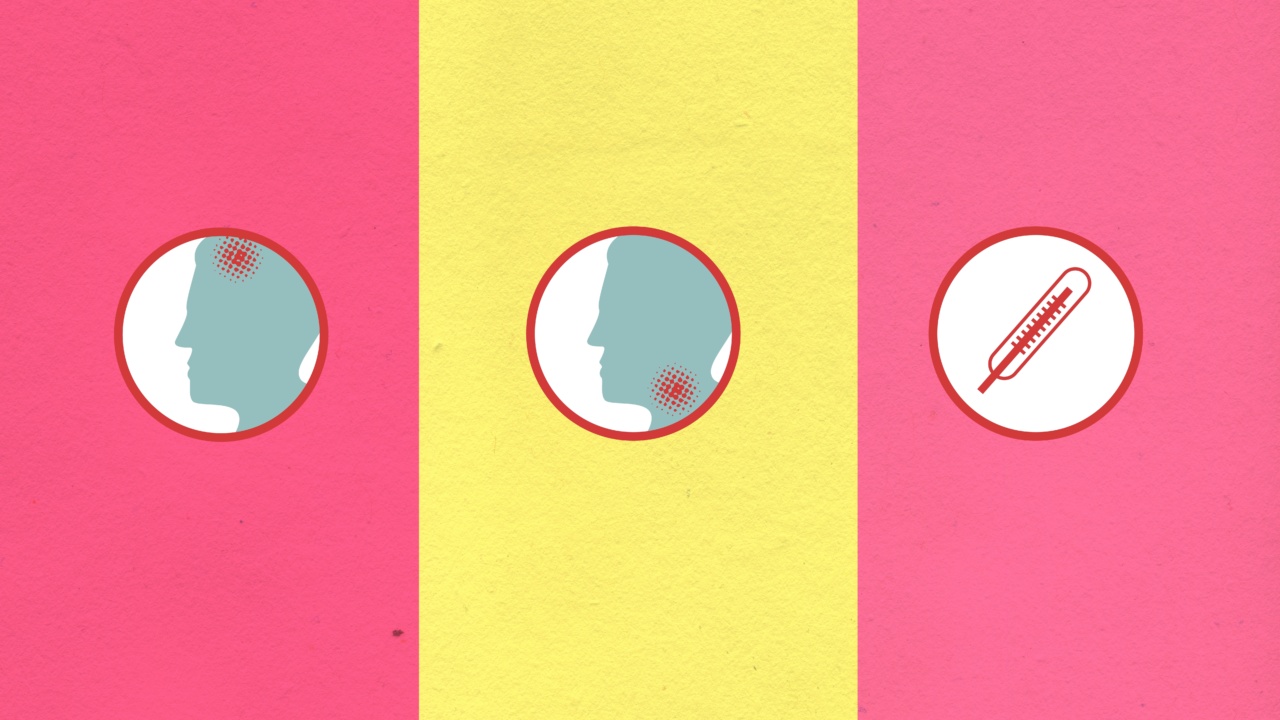It’s not uncommon to experience a sore throat from time to time. However, when your throat is bothering you, it’s important to determine its cause. While symptoms of a sore throat and strep throat may seem similar, they can be very different.
Here’s what you need to know to tell the difference.
What is a Sore Throat?
A sore throat occurs due to inflammation of your pharynx, which is the medical term for the back of your throat. This inflammation can result from several factors, including:.
- Viral infections such as cold or flu
- Bacterial infections such as tonsillitis, laryngitis, or sinusitis
- Allergies
- Dry air
- Smoke or pollution
- Acid reflux
- Overusing your voice
If you have a sore throat, you may experience the following symptoms:.
- Pain or scratchiness in your throat
- Dry throat or difficulty swallowing
- Swollen tonsils or lymph nodes
- Hearing loss or muffled hearing (in rare cases)
What is Strep Throat?
Strep throat is caused by a bacterial infection in your throat from group A Streptococcus. This type of infection is contagious and spreads through direct contact with an infected person.
Additionally, the bacteria can linger in objects such as doorknobs, keyboards, and toothbrushes, which can cause infection in others.
If you have strep throat, you may experience the following symptoms:.
- Severe sore throat and difficulty swallowing
- Fever, typically above 101°F (38.3°C)
- Swollen tonsils and lymph nodes
- White or yellow spots, or a reddish appearance, on the back of your throat and tonsils
- Rash
- Nausea or vomiting (in rare cases)
How to Tell the Difference Between Sore Throat and Strep Throat?
Because symptoms of a sore throat and strep throat can be similar, it can be challenging to tell the difference between the two. However, there are a few key differences to note:.
- Sore throat is typically accompanied by other symptoms such as a cough, runny nose, or earache. Strep throat does not usually present with these symptoms and is typically more severe than a sore throat.
- Sore throat usually lasts for a few days, while strep throat can last up to a week or longer without treatment.
- Strep throat often comes with a fever while your body may or may not develop a fever with a sore throat.
- Strep throat typically leads to swollen tonsils and lymph nodes with possible spots or a reddish appearance on the back of the throat.
- A sore throat can typically be treated through over-the-counter or home remedies, while strep throat will require professional medical attention, primarily antibiotics.
When to See a Doctor for Your Throat?
If you’re ever uncertain about whether you have a sore throat or strep throat, it’s always best to schedule an appointment with your doctor. In particular, it’s essential to see a doctor if:.
- Your symptoms worsen, and you do not seem to be getting better
- You have difficulty breathing or swallowing
- You have severe earache or headache
- You have a fever of 101°F (38.3°C) or higher, or if your fever instantly spikes
- You’re not responding to home remedies
- The sore throat interferes with your daily activities or ability to sleep.
Treatment for Sore Throat and Strep Throat
Your doctor will recommend treatment based on the cause of your sore or strep throat. Here are a few treatment options:.
- Sore throat may be treated with OTC pain relievers, throat lozenges, and rest. Drinking plenty of fluids and staying hydrated is critical to a fast recovery.
- If your sore throat is a result of a bacterial infection, your doctor may prescribe antibiotics.
- For strep throat, the doctor will prescribe antibiotics to speed up healing and decrease the chances of serious complications such as kidney damage or rheumatic fever.
How to Prevent Sore and Strep Throat?
Here are some things you can do to prevent sore and strep throat:.
- Wash your hands frequently and disinfect surfaces in your home often. Bacteria and viruses can spread from one person to another, so keep things clean and sanitary.
- Avoid sharing personal items such as drinking glasses, eating utensils, or toothbrushes.
- Cover your mouth and nose when coughing or sneezing. This step helps prevent the spread of germs to others in your immediate vicinity.
- Try to limit exposure to irritants in the air, such as tobacco smoke and pollution. Use a humidifier in your home to add moisture to the air and help soothe your throat.
- Get vaccinated against the flu and other contagious illnesses.
Conclusion
A sore throat and strep throat may share some symptoms, but there are key differences between them. By understanding the signs and symptoms of each, you can take the appropriate steps to get the right treatment and prevent the spread of infection.
If you have any doubts or suspect you have strep throat, make sure to consult a medical professional for proper diagnosis and treatment.


























